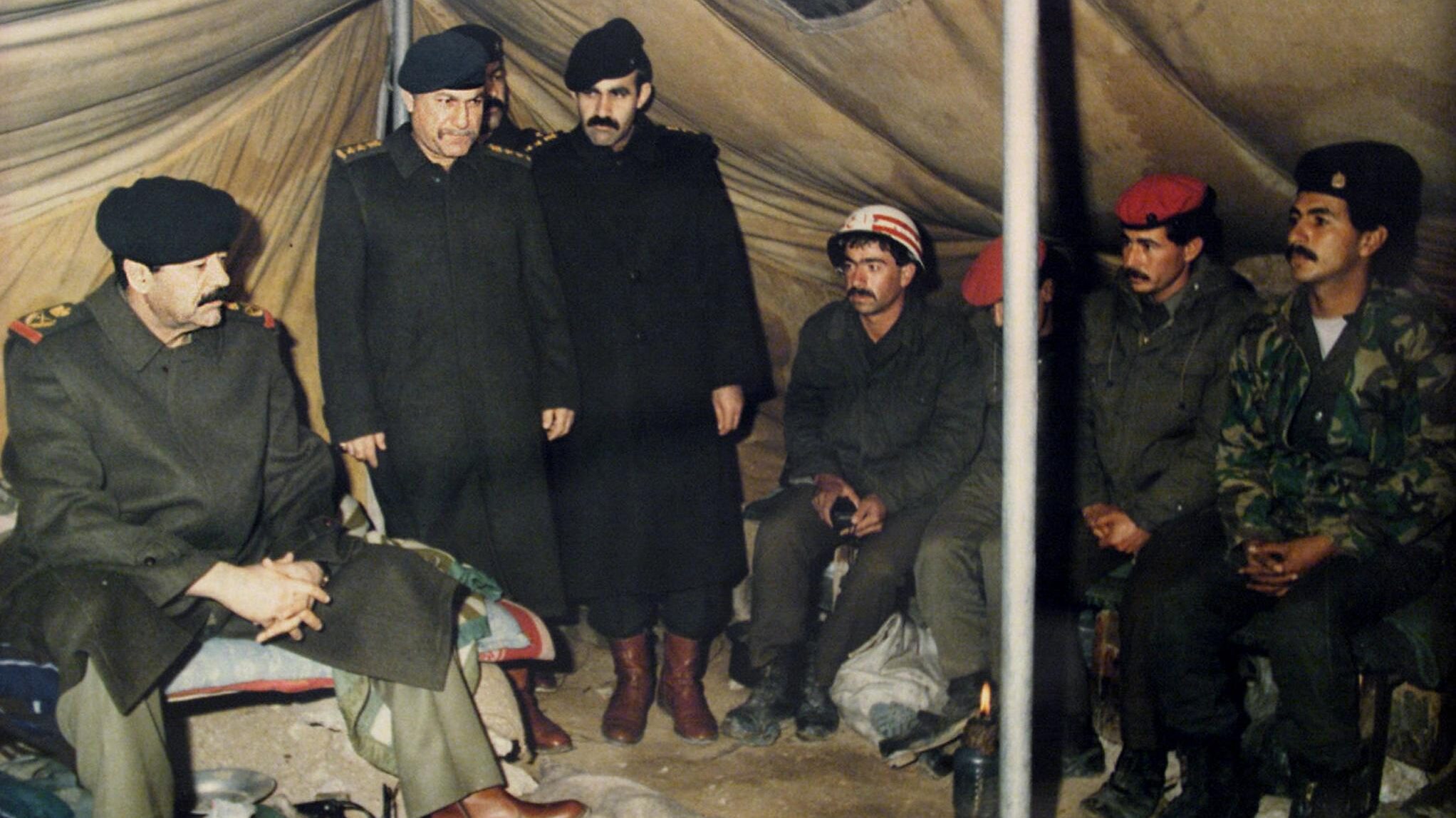33 Years Since Iraq’s Invasion of Kuwait: A Turning Point in the Gulf
An account of the invasion, international response, and how the events laid the groundwork for future conflicts in the region
On Aug. 2, 1990, in the early hours of the morning, Iraqi forces swarmed into the tiny, oil-rich neighboring Gulf emirate, Kuwait. More than 100,000 Iraqi soldiers, backed up by 700 tanks, invaded Kuwait, effectively annexing the small territory. “Iraqi troops began at 2 a.m. local time to violate our northern borders, to enter Kuwait territory, and to occupy positions within Kuwait,” Radio Kuwait announced in its first news bulletin. Following the announcement, patriotic music played and there were calls for Kuwaitis “to defend their land, their sand, and their dunes.”
Kuwait’s defense forces were rapidly overwhelmed by Iraq’s military might, and those that were not destroyed retreated to Saudi Arabia. Within hours, the capital city had fallen, and the emir of Kuwait, Sheikh Jaber al-Ahmad al-Sabah, his family, and other government leaders fled to Saudi Arabia. Following this swift occupation, Iraqi forces immediately established a provincial government, and Iraqi President Saddam Hussein threatened to turn Kuwait City into a “graveyard” if any other country dared to challenge the “take-over by force.”
The invasion sparked strong condemnation from leaders around the world. They moved to isolate Iraq politically and economically, causing oil prices to soar on world markets. By annexing Kuwait, Iraq gained control of 20% of the world’s oil reserves. This was set against the background of weeks leading up to Baghdad’s assault, during which its government had accused Kuwait of flooding the world market with oil and had demanded compensation for oil produced from a disputed oil field on the border of the two countries.
This holiday season, give to:
Truth and understanding
The Media Line's intrepid correspondents are in Israel, Gaza, Lebanon, Syria and Pakistan providing first-person reporting.
They all said they cover it.
We see it.
We report with just one agenda: the truth.


On the same day as the invasion, the United Nations Security Council (UNSC) unanimously denounced it and demanded Iraq’s immediate withdrawal from Kuwait. In an emergency session, the UNSC further called for the “immediate and unconditional” withdrawal of Iraqi forces from Kuwait, and on Aug. 6, the Security Council imposed a global ban on trade with Iraq.
The invasion not only changed the Middle East and the world but also opened the door to decades of devastation in a region still reeling from the aftermath of Saddam’s ill-advised decision. In response to the perceived threat Iraq posed to Saudi Arabia after conquering Kuwait and the potential control Saddam might have gained over most of the world’s oil reserves, US President George H.W. Bush announced a “wholly defensive” mission to prevent an Iraqi invasion of Saudi Arabia. This mission, codenamed Operation Desert Shield, began on August 7, 1990, when US troops were sent to Saudi Arabia at the request of its monarch, King Fahd. Meanwhile, Saddam amassed about 300,000 of his troops to occupy Kuwait.
By late November, Kuwait was still under Iraqi occupation. On Nov. 29, the UNSC passed a resolution authorizing the use of “all necessary means” to force Iraq out of Kuwait if its troops did not withdraw by January 15, 1991. Saddam refused to pull his forces out of Kuwait, which he had established as the 19th province of Iraq, prompting US President George Bush to send even more troops to Saudi Arabia. He also assembled a US-led international coalition with the goal of intervening if the deadline was not met, gathering nearly a million allied troops, primarily American, in the Middle East for the purpose of enforcing the UNSC deadline.
On Jan. 17, after the deadline had passed and all diplomatic initiatives had failed, Operation Desert Storm was launched with intensive bombardments of targets in Iraq and Kuwait. The ground offensive was announced on Feb. 24, and the 42-day operation ended on Feb. 27, 1991. One day later, and after a 100-hour ground offensive that forced Iraq to withdraw its troops, the liberation of Kuwait was declared.
After a nearly seven-month occupation, Iraq finally accepted all UN resolutions – but only after suffering thousands of military and civilian casualties as well as extensive damage to its infrastructure. The occupying forces left behind total devastation, with many of Kuwait’s neighborhoods destroyed, hundreds of Kuwaitis killed or tortured, and around 700 oil wells set ablaze.
This conquest divided the Arab states, with Egyptian and Syrian armies participating in the coalition, even though it was denounced by other Arab countries. Ultimately, the Gulf War paved the way for greater US security and military presence in the region, culminating in the invasion of Iraq in 2003 and leading to the overthrow of Saddam.

